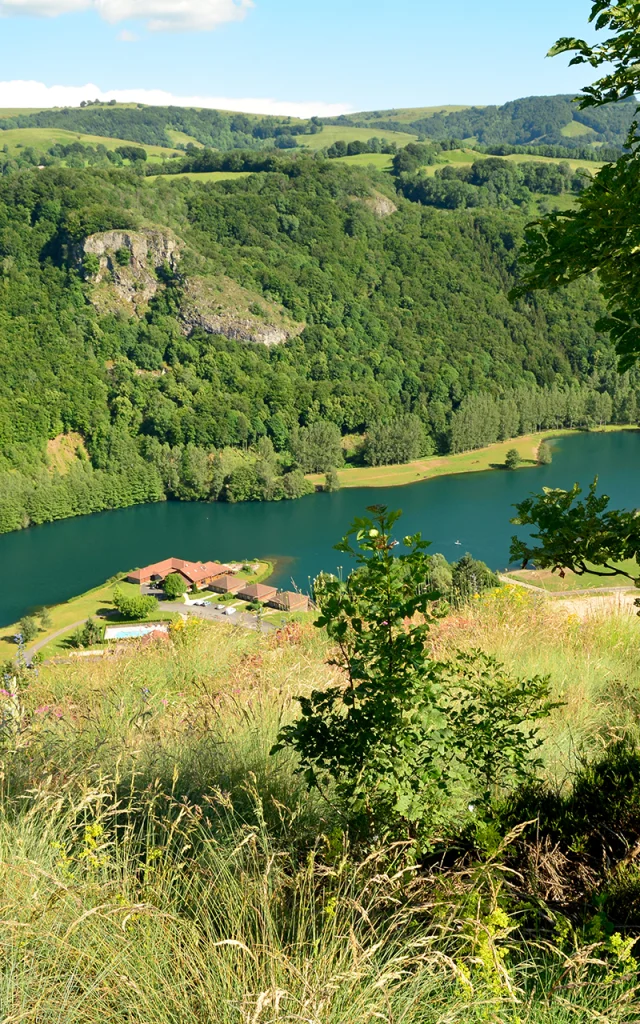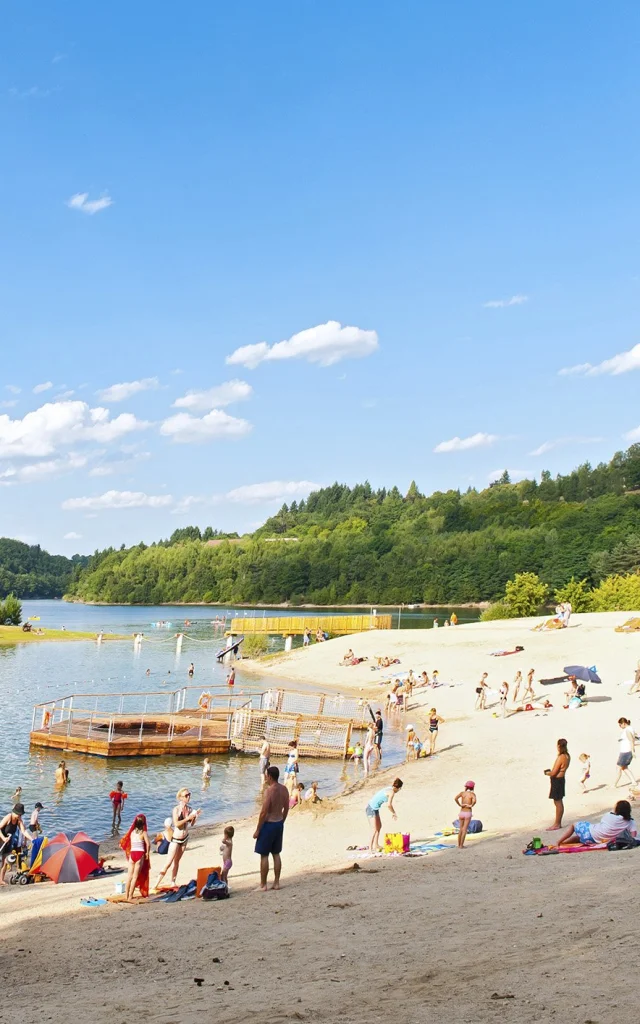Must-sees in Aurillac's historic center
Aurillac is the ideal place to recharge your batteries. The town harmoniously combines village charm and urban amenities, without the drawbacks of a large metropolis. Visitors can enjoy magnificent scenery, with the surrounding mountains only minutes away, ideal for a wide range of outdoor activities such as hiking, mountain biking and forest walks. Aurillac is the perfect place for those looking to escape the hustle and bustle of the city and reconnect with nature.
Explore Aurillac’s historic center, a treasure trove of heritage offering remarkable diversity and richness. We’ll guide you through a captivating tour.




























